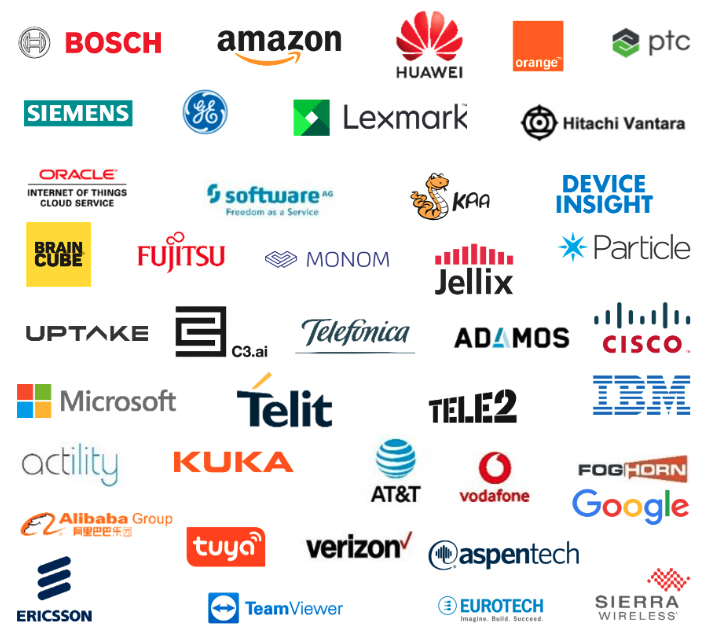The IoT (Internet of Things) refers to any devices connected to the Internet or are part of a network of connected objects that collect or share data with an embedded sensor. Analytics measure how users interact with the products to improve performance and stability.
Table of Contents
What is IoT Data Analytics?
IoT analytics analyzes data generated in various ways through a web application. We collect data through devices, and one device may have many sensors generating data constantly in multiple data types. These volumes and variations ultimately lead to an incomprehensible data flow.
An analytics platform is there to clean and preprocess the data to be further analyzed. In major use cases like a smart factory, IoT analytics platforms then process and compress large quantities of high volumes of shopfloor data that come through a broad range of sensors to support real-time applications like operations.
If the knowledge discovery is made right, the users will reap the real benefit of IoT implementation: business insight. Moreover, IoT analytics can help businesses identify patterns or make business decisions. However, such a benefit is a low-hanging fruit because suitable analytics tools can quickly analyze IoT data and generate valuable insights.
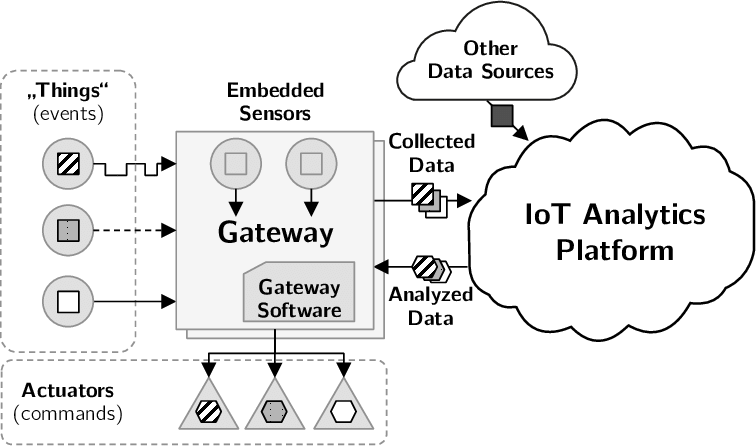
Reference: Müller, Stephan & Wiener, Patrick & Bürger, Adrian & Nimis, Jens. (2017). IoT for All: Architectural Design of an Extensible and Lightweight IoT Analytics Platform.
Most Recent Market Assessments (2022)
The chip shortage is slowing the general Internet of Things (IoT) market growth, as we reveal in an updated May 2022. Nevertheless, IoT connectivity worldwide is expected to increase by 8% between 2021 and 22.5 billion by 2022. And the market size of IoT solution and services are expected to grow 4-5 times between 2020 and 2030.
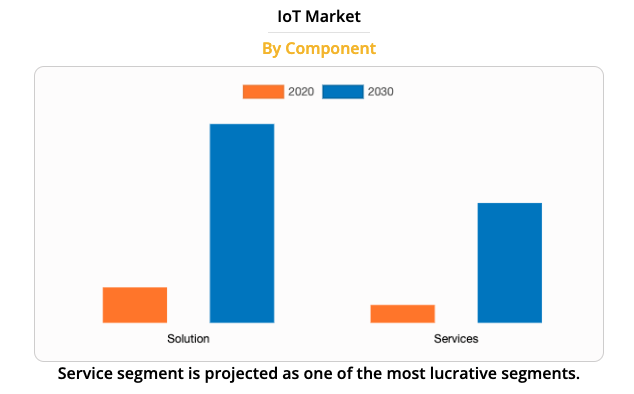
On the opposite side, inflation and rising prices were among the top topics cited in Q1/2022. Other important and increasingly common topics executives discuss they include Ukraine AI, SaaS, and cloud computing. Despite the distraction in the market development, the value of IoT analytics is only increasing due to the more matured data collection efficiency.
Tell me the type of IoT analytics.
Data scientists group analytic techniques based on the challenges they address and the insights they produce. Four primary fields include descriptive analytics, diagnosing analytics, and predictive analytics.
1. Predictive
The predictive analysis combines machine learning capabilities to estimate future event probability and predict its outcome. Machine learning models have large amounts of data, allowing them to predict upcoming events. The software uses this data to predict upcoming events. The insight gives organizations more time to improve an expected outcome.
2. Diagnostic
Diagnostic analysis reveals how things happen. The information is helpful for understanding anomalies, inefficiencies, and other trends. For example, when devices perform poorly, diagnostic analytics can analyze data on IoT devices and identify their cause of failure.
3. Descriptive
Descriptive analyses are used to understand real-time data from connected devices and networks. For example, it measures device performance to determine whether it runs properly. It may also help identify anomalies and understand when a device has been used internally.
4. Prescriptive
An analysis tool is predictive. The prescription analysis provides insight into ways to influence a predictive analysis. In addition, a new report provides an overview of how to reduce costs.
How IoT Analytics Work
It follows simple steps:
- Ingest sensor data
- Process knowledge discovery
- Interpret business insights
Electronic devices’ vast range and diversity provide endless information in enormous numbers – so-called Big Data. There is a practical data science framework called Knowledge Discovery in Database (KDD) to process such data. Here is a brief overview.
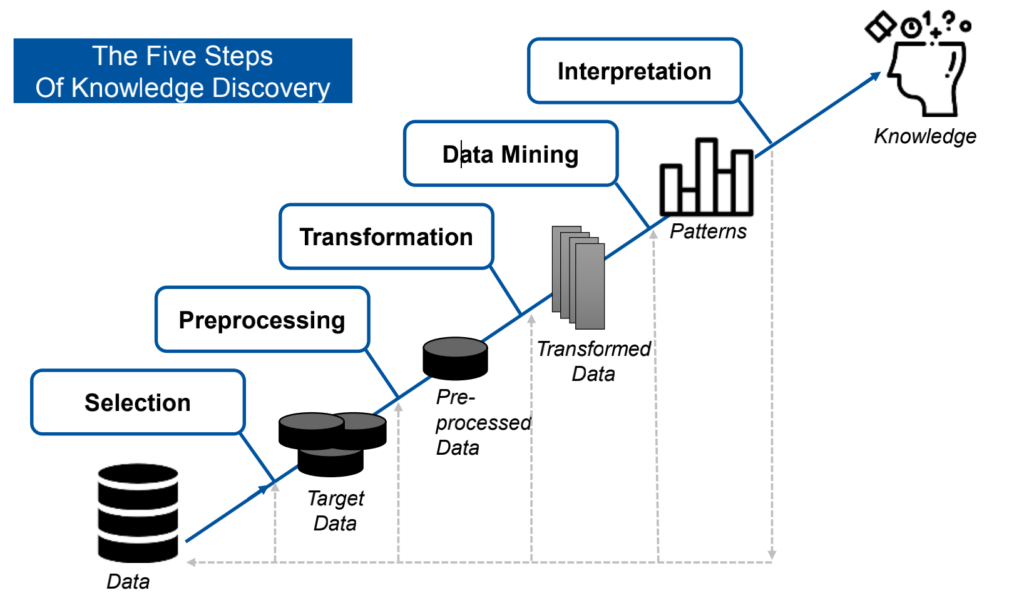
The KDD Process (illustrated by Dr. Max Hoffmann MBA)
IoT analytics analyzes the information on the connected devices without hardware or infrastructure. In addition, when a business requires computing energy or storage, it scales accordingly, allowing you to ensure that IoT analytics can perform its required tasks.
Example of KDD Use Cases
Smart Farming
IoT data analysis in an industrial IoT setup helps create connected equipment using data collected through IoT analysis.
- Data Selection: include location, weather temperature, elevation, and environmental conditions
- Preprocessing: combine data from irrigation systems for the exact quantity of rainfall
- Transformation: labeling inventory such as product categories to map numerical values
- Data Mining: use a statistical model or machine learning algorithm to find patterns.
- Interpretation: summarize insights for a food vending business
The benefit is measurable. Farmers can observe heating and cooling systems in the field to prevent a lack of nutrition or overwatering. Distributors can require re-stocking if their stock depletes. Consumers will enjoy higher food safety.
If you are not yet certain about the KDD process, I suggest you visit an open database website like Kaggle.com and practice with existing IoT data. This practice will save you a tremendous hardware implementation cost and give you an overview of the IoT project value proposition.
Or one might use data analytics to ditch soil farming entirely.
IoT Analytics Applications and Use Cases
“IoT technological advancements could reinforce existing paradigms, simply making the current take-make-dispose linear economy more and more efficient, while failing to address resource and natural capital issues.”
Sebastian Egerton-Read from the Ellen MacArthur Foundation
With an increased number of IoT devices and IoT analytics platforms, IoT applications enable an economy of efficiency. Meaning we optimize the usage of both physical apparatus and data. One of the most developed use cases is actionable insights for predictive maintenance.
Powering predictive maintenance
By combining IoT predictions with maintenance models, the company can understand the device’s current condition. Predictive maintenance can predict the correct times in which to service a machine or prevent the possibility of failure before it is encountered. As a result, predictive maintenance can transform service outcomes, including a 30 percent decrease in unplanned downtime and 83% faster service.
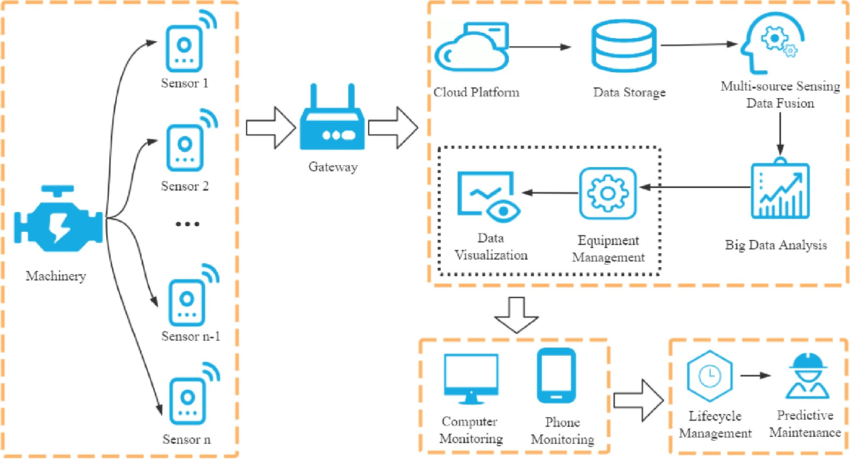
Reference: Huang, Min & Liu, Zhen & Tao, Yang. (2019). Mechanical Fault Diagnosis and Prediction in IoT Based on Multi-source Sensing Data Fusion. Simulation Modelling Practice and Theory.
Manufacturing
In addition to the lower cost of machine maintenance, IoT analytics applications are helpful for manufacturers to improve production features and product quality. During production, manufacturers can analyze and track products through a virtual environment, which helps identify potential problems before they’re put on the market. The use of smart manufacturing technologies helps businesses learn more about their manufacturing process and the opportunities to improve efficiency. Once a product goes on the market, organizations can use predictive analytics to lower costs and improve customer satisfaction.
Supply Chain
One of the most challenging fields in optimization is supply chain management. The amount of dependencies is uncountable; therefore, IoT analytics plays an important role in making sense of what happens throughout the supply chain.
Because efficiency and speed greatly influence the profitability and business outcomes of Supply Chain applications, many IoT applications within this sector evolve around optimization. For example, IoT analytics enables companies to track and forecast where the goods go through the manufacturing supply chains. In addition, it increases customer satisfaction by providing insight and actionable information on the best practices in shipping from the first mile to the last mile.
Healthcare
Using analytics in healthcare is a significant driver for achieving a more integrated healthcare system because of its insights. Currently, doctors can better monitor the health of their patients by using apps on smartphones. The data enables physicians to assess patients’ risk profiles and provide proactive treatment.
Various experiments have shown the percentage gap between mental health issue perception and diagnosis rate. This is alarming. Although VR-based app is increasingly used for medical education, the high-cost barrier and comprehensible data analysis of connected medical devices are blocking the innovation from regular patient treatment. Hospitals’ data centers can further utilize historical data to interpret insights from IoT platforms.
Energy
IoT analytics can help both the provider and customers with energy efficiency issues. Energy meters or smart meters are equipped with sensors that can help control electrical wiring from one manufacturing unit to the next. They gain insights into how the consumer uses energy and how he can adjust his consumption accordingly.
Today’s hot topic is the coordination of smart appliances and electric cars that can help balance supply and demand on the power grid.
In theory, the grid could use a battery to keep supply and demand in balance, but existing battery technologies do not offer cost savings over electricity generation. However, MIT researchers have even a bigger vision. They argue that “smart appliances” in homes and offices, such as thermostats that consumers can adjust remotely and electric cars that can be connected to the grid, could act together like a giant battery, providing a lower-cost, lower-emissions alternative to backup power generation on the grid. Read more about Virtual Batteries from MIT News here.
Challenges with IoT Analytics
Advanced analysis concerning the Internet of Things is a relatively new and challenging field. It takes enormous amounts of heterogeneous data from IoT connected devices, which is why big data analytics often presents many underlying issues with the technology itself. A few examples are visualizations. IoT’s volume of data is a significant problem, as data storage and management are key challenges. Currently, the data storage capacity of big files is limited. Thus the difficulties of analyzing the data continue to develop.
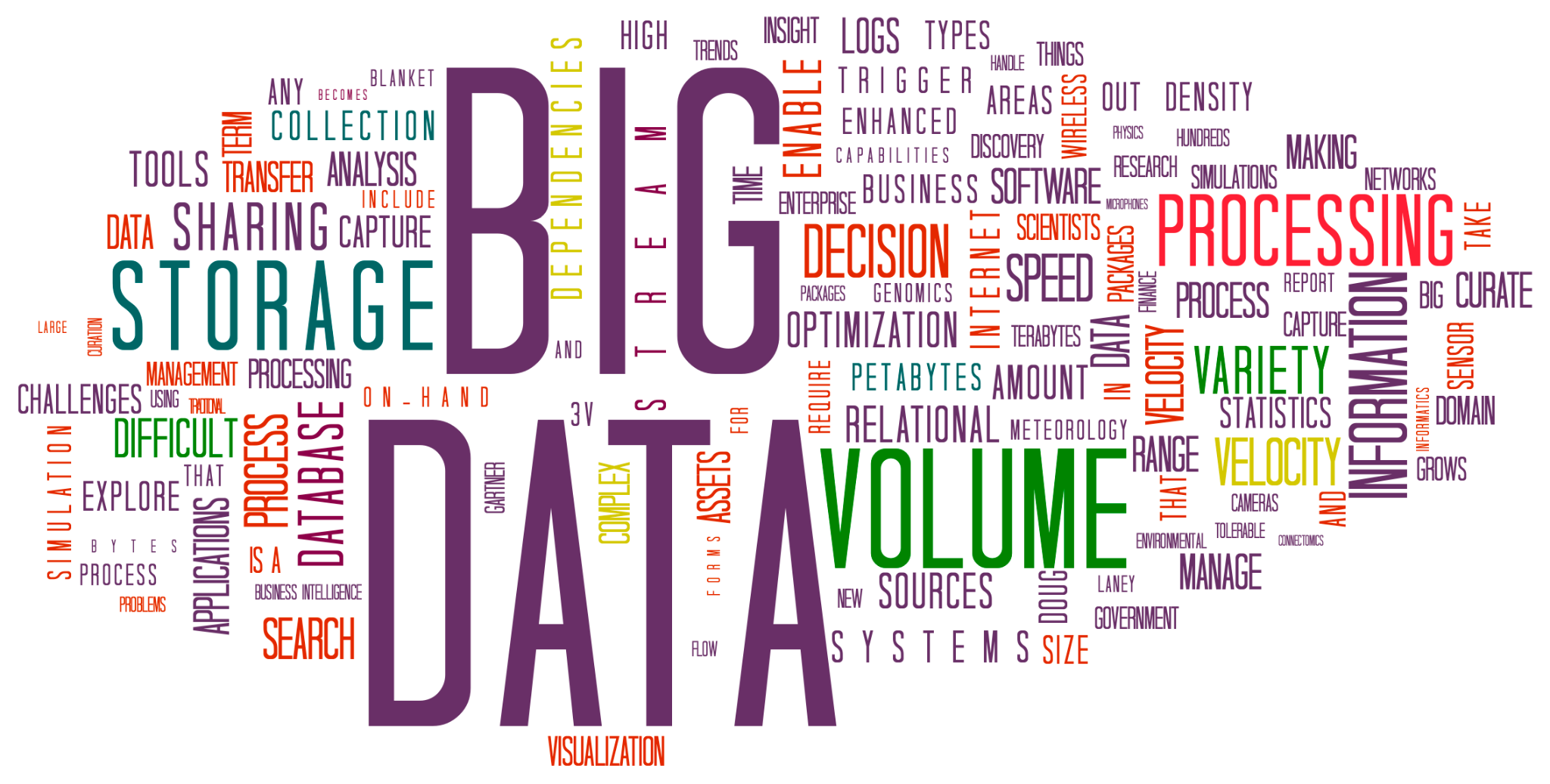
IoT Analytics Platforms
One of the most prominent players is AWS IoT analysis. It provides models that can be useful in common IoT usage scenarios such as predictive maintenance or smart agriculture. On the other side, Microsoft has Azure Stream Analytics which integrates a cloud service platform with the open-source cloud to provide real-time, data-based analytics for IoT apps.
In the next post, I will cover various existing platforms and how their data science drives the future of IoT analytics. Keep in touch!
Conclusion
So that was a basic of IoT Analytics!
No matter what architect you use for your IoT implementation, IoT analytics is the key to interpreting IoT devices and turning them into business insights. First, we talked about a recent market assessment and types of IoT analytics such as predictive, diagnostic, etc. After that, we cover how IoT analytics works in the Knowledge Discovery framework. In the end, we discussed its application in various industries.
Do you have more doubts about implementing such an IoT analytics platform?
Let me know.
Thank you for reading, and have a nice day : )


